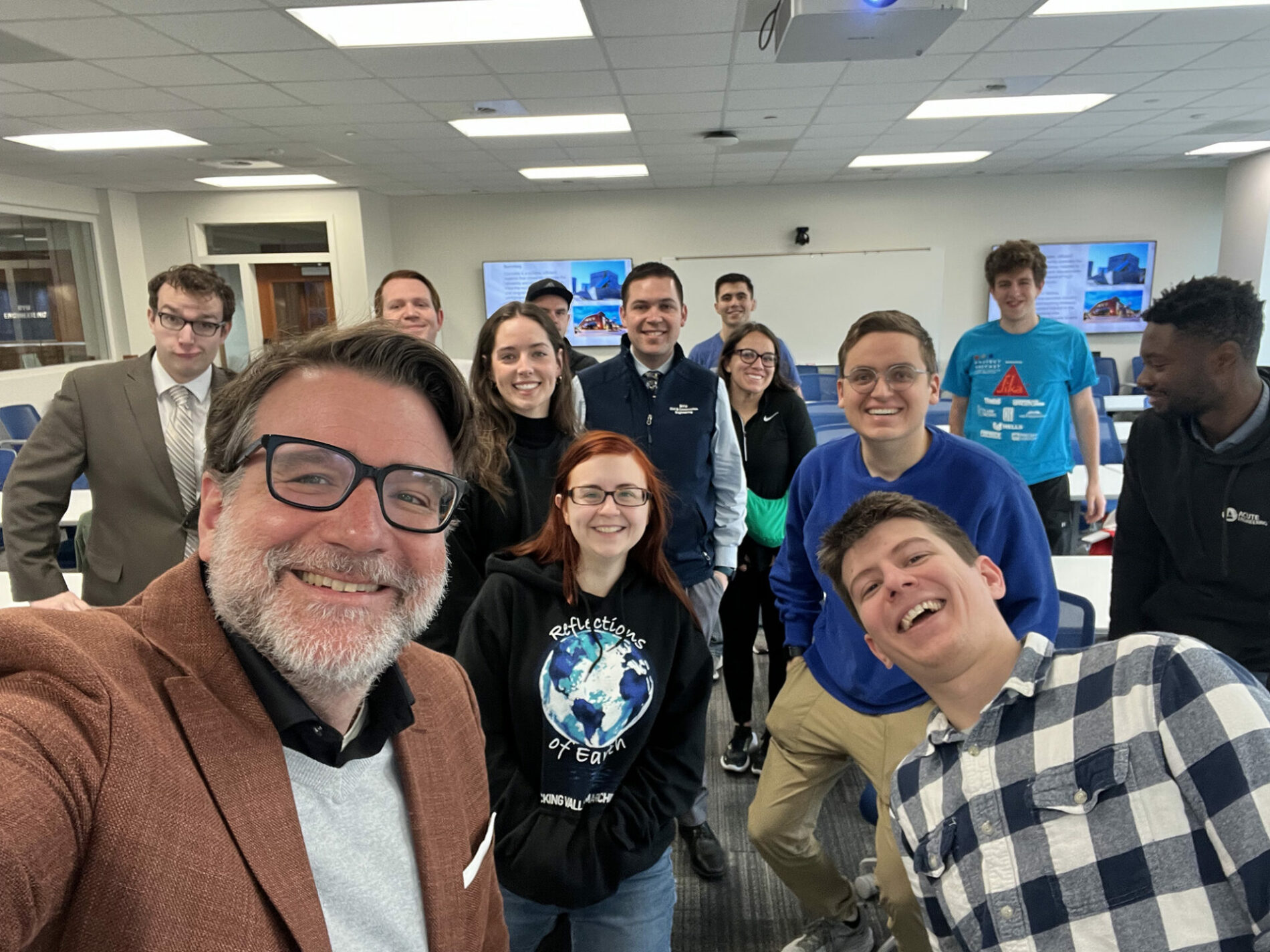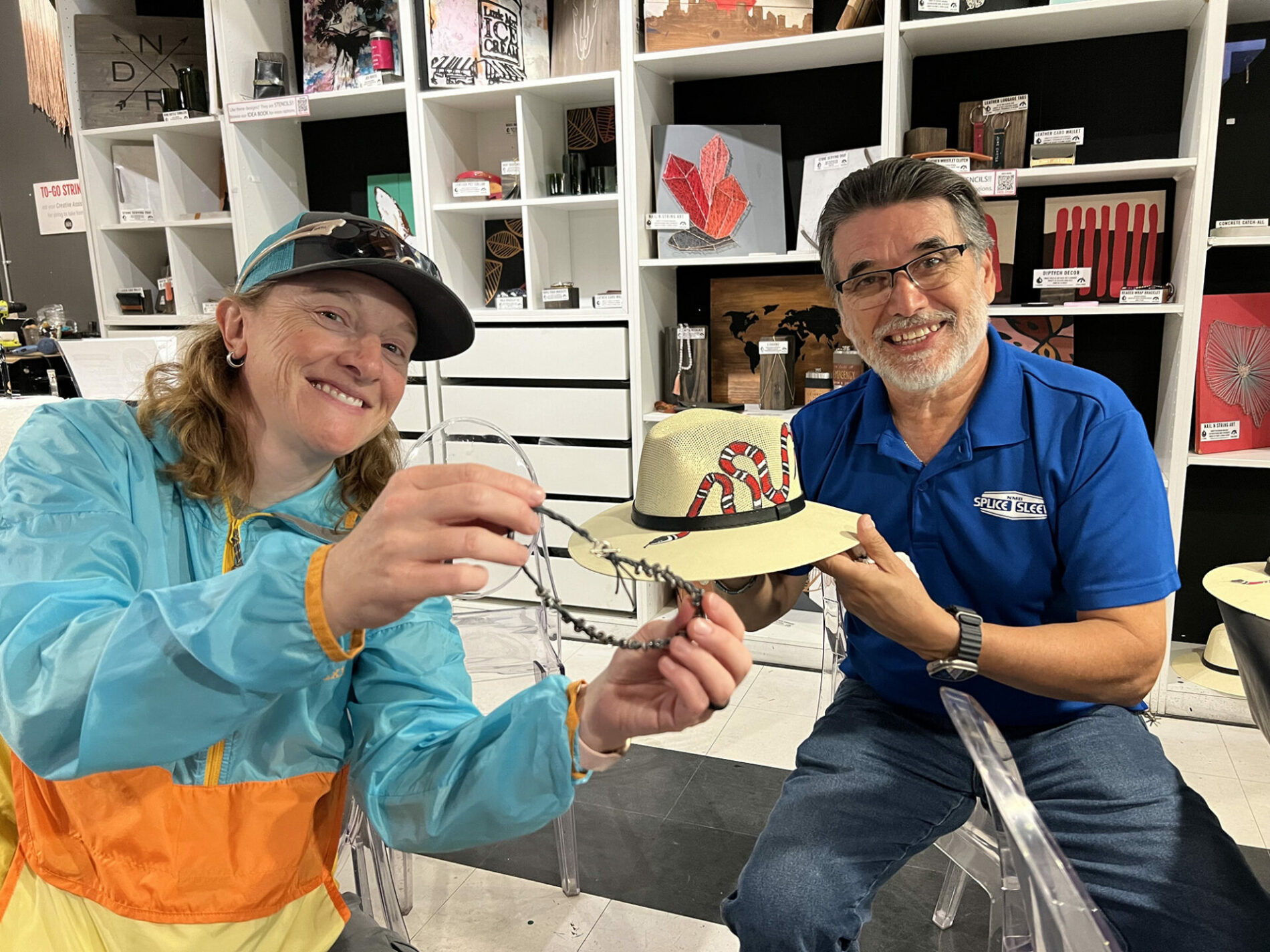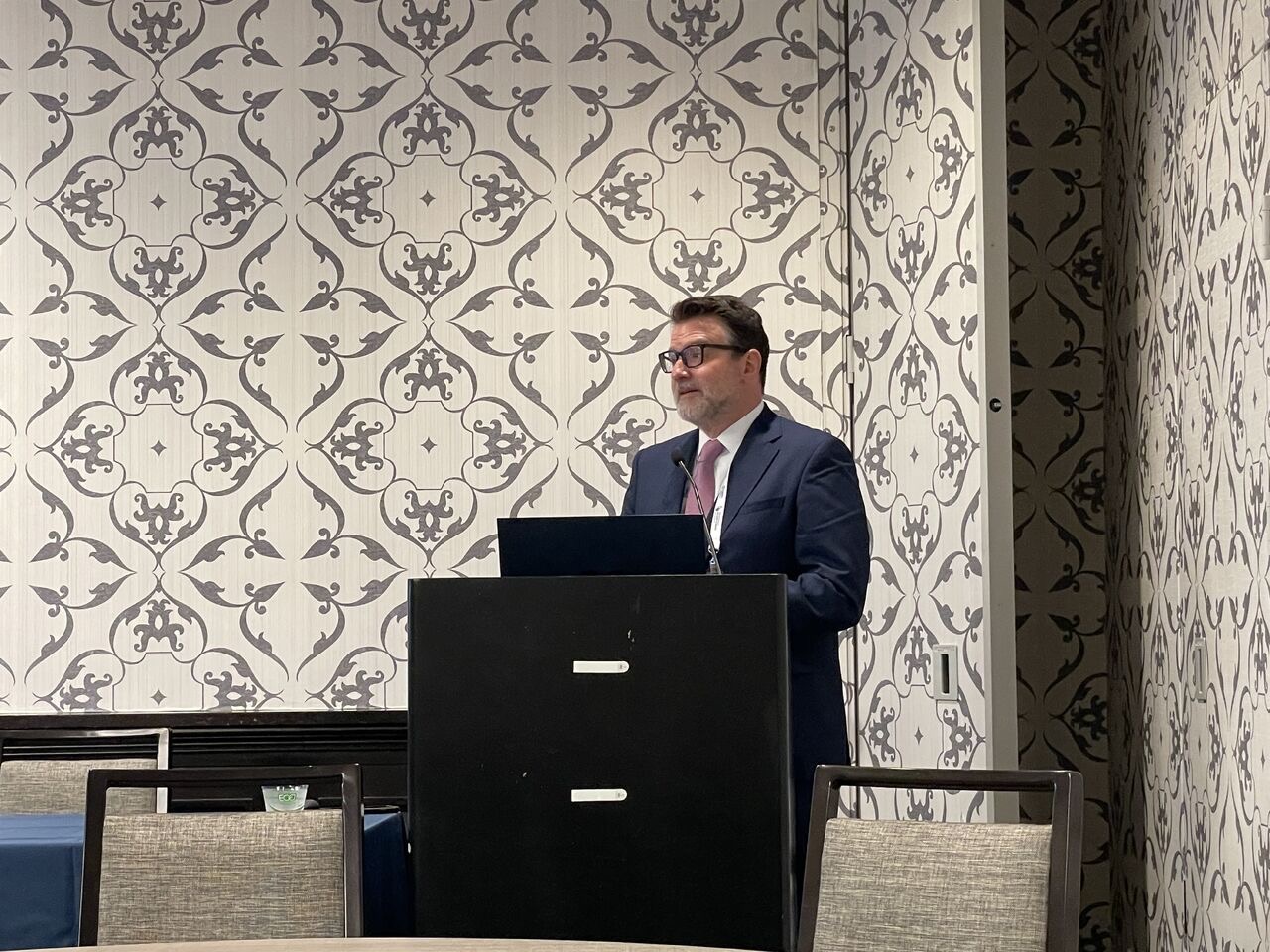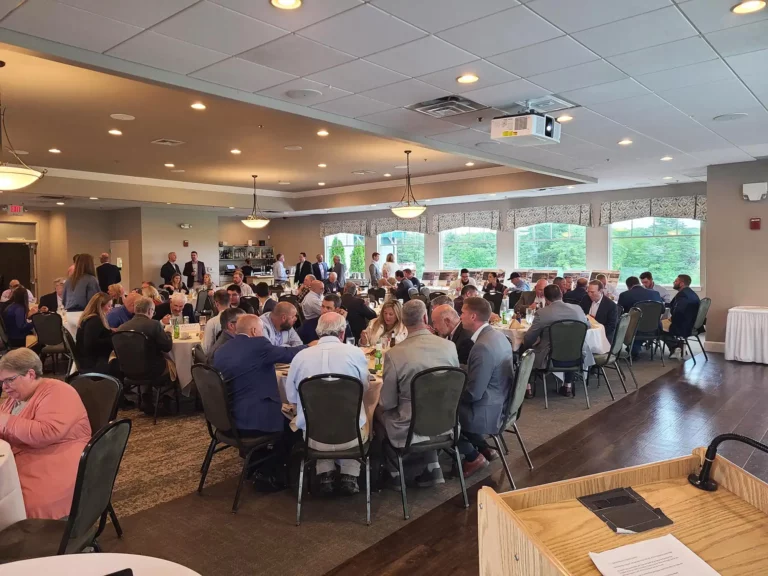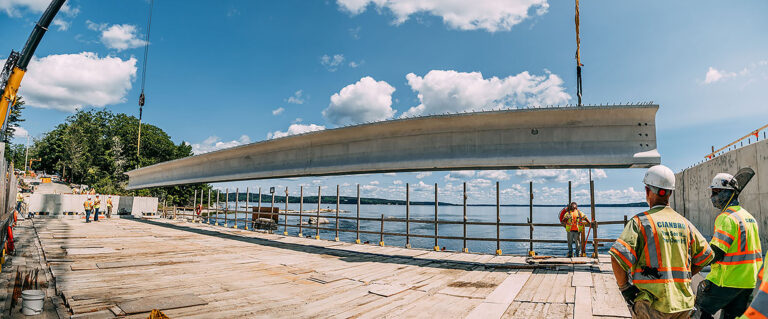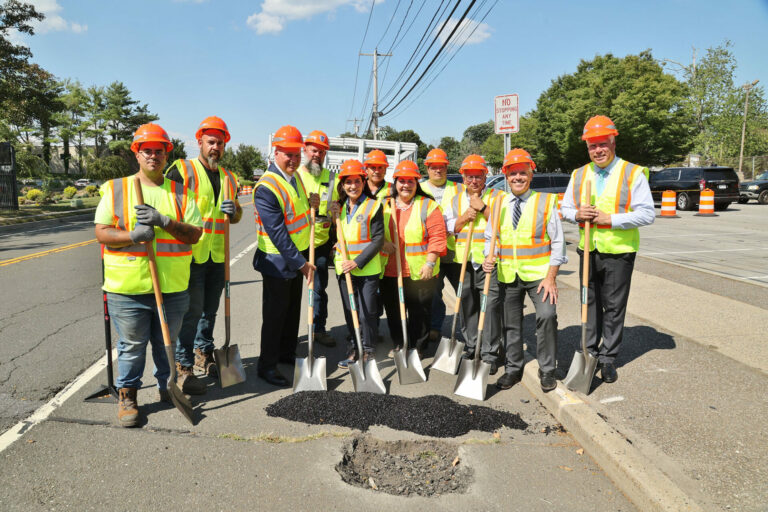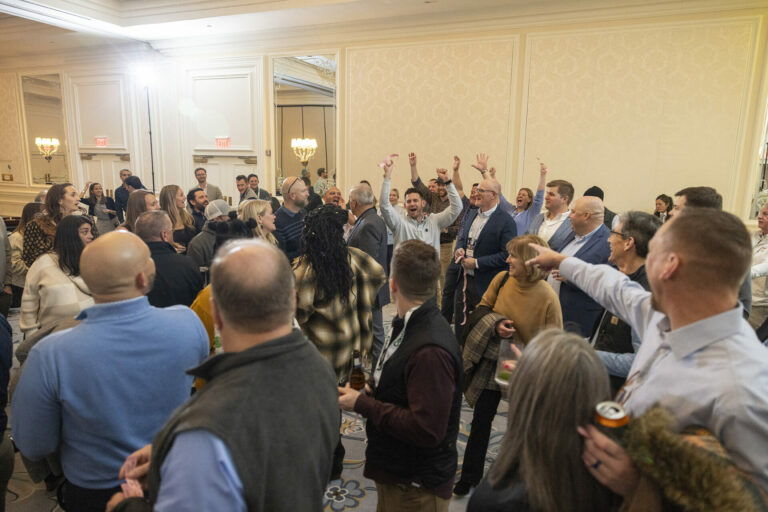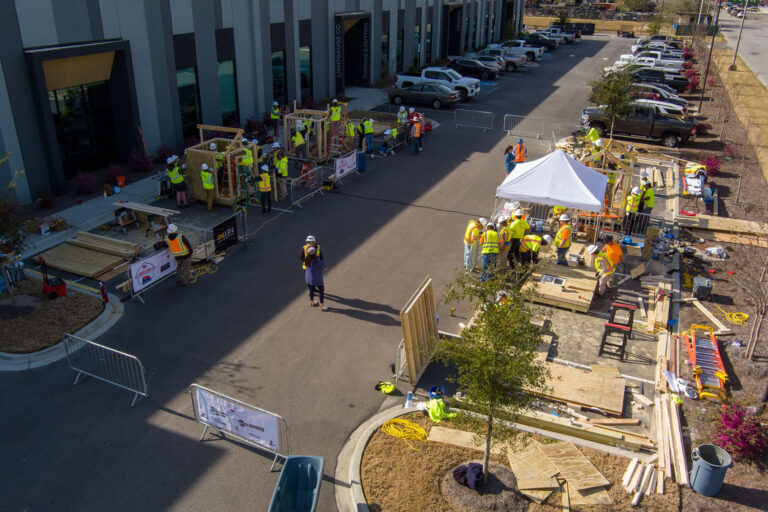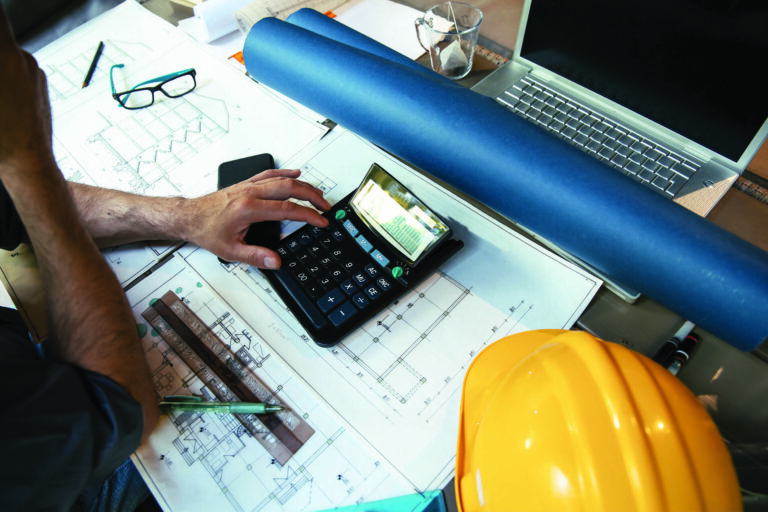The Mountain West is one of the largest and more diverse areas of the United States. Its rich landscape is both picturesque and iconic, bringing a culture that is founded on hard work and overcoming adversity. The area, also known as the Mountain States, is one of the fastest growing areas in the U.S. This growth, coupled with its unique landscape, provides the backdrop for some of the most innovative and interesting companies to flourish. PCI Mountain State represents manufacturers of precast and prestressed concrete in Colorado, Utah, Montana, Wyoming, and Idaho. It is an association with a unique history and an exciting future.

Speaking about the main objective of the organization, Jim Schneider, Executive Director at PCI Mountain State said: “Basically our main objective is to grow the market share for precast in this part of the country.” For Schneider, the association’s work largely centers around developing and fostering relationships. “A lot of what we do is outreach to the design community, talking to architects, engineers, owners and contractors to educate them about the different potentials for the material and show them where it may fit. We help connect the design and construction community with our precasters and try to help facilitate those kinds of relationships that bring about projects for our members.”
The association’s history is an interesting one. Founded in the 1980s, it was previously known as the Colorado Prestressers Association. Schneider explained that one man, Wally Priebus, established the association and laid the groundwork for a lot of precast work in the region.
When he retired, the association went on a temporary hiatus. However, a few years later, members in the surrounding states speaking about reforming the organization in 2015. It was renamed PCI Mountain States, acknowledging the association’s broader reach, with John Dobbs stepping in as executive director.
Dobbs retired in 2019, and from there, Schneider came on board to take over at the helm. He is keen to explain that much of the association’s focus is on educating the industry about precast. “As an industry group we are able to go in from a more ecumenical standpoint, whether it’s working with local AIA chapters or engineering groups or even specific companies, rather than having company X come in and promote their service per se. We can come in together and talk broadly about the material, because at the end of the day, we are on the same team. One of the things I’m really proud about in this region is that we have companies that compete against each other, but we all work together to promote the use of precast.”
For Schneider, this approach is advantageous for all stakeholders. “It’s kind of a high tide rises all boats philosophy, Precast is a relatively small piece of the larger construction market. So, for us to be able to come together and bring on jobs that might normally have gone to another material is helpful to all of us. We all are in this together.”
Being one of the aforementioned fastest growing areas in the U.S., it is no surprise to hear that the Mountain States are home to a diverse range of construction types. Schneider explained that the precast market is very strong in the area, Colorado in particular. Choosing precast, he says, can hugely speed up a project; a message that the association is eager to share. “It is a major advantage of the material, simply because it’s an offsite construction method. The materials are made in a plant, shipped to the job site and it goes up like Legos. It’s very fast, so we can save a lot of time on a project.”
Recently the association held a seminar in Boise where it brought in four producers of precast, giving attendees presentations on a range of informative topics. “It was great, we got to engage with a lot of the architects and engineers in that market as an industry which tends to open doors beyond what you get when a person in sales walks through the door and tries selling their specific system or product.”
Education is a huge priority for the association. Spreading the word about the value of using precast is at the heart of its course offerings. The association works tirelessly in this regard, offering lunch and learns, CU courses, presentations, and conferences. Schneider explained, “We’ll go onto an architect’s office, do it virtually or go to conferences and speak about the sustainability of the material and resilience of the material. Our goal is to educate the design community and engineers to get them thinking about precast in a different way. Often, we find that especially architects haven’t traditionally gotten a lot of education on precast, and they sort of have a notion of ‘OK, it’s good for parking and that’s really about it. So, it’s helpful for us to be able to show them examples of other types of projects that have been done around the country and some of the cool things you can do with the material and where it fits.”
“Our goal is to educate the design community and engineers to get them thinking about precast in a different way.”
As Schneider shares, the work being done at PCI Mountain State is not just about selling the product. Building relationships and trust means that he is frank and honest with people. “Something I always tell folks is we don’t claim by any means to be some kind of silver bullet material that’s great for everything. But if you’re in the early stages of a project and think maybe precast will work for this, if you have a conversation with your local precaster they can help you identify whether it is a good idea or not and they’ll tell you if it isn’t. If it’s not a good fit for them, it’s just not going to be good for anybody. We want to do the kinds of things that are helpful to a project and helpful to our industry.”
One area that is consistently a challenge is that of recruitment. Schneider accepts that challenges remain, however, that much can be done to attract workers from backgrounds that back not have been historically associated with construction. “Everybody is looking for good people right now and we need to really broaden the scope of who can and should be in the construction industry. A lot of it is just giving exposure to people to make them understand that there are great careers here. Folks may not always know that – construction has traditionally been a very male-dominated industry. I’ve been in this business since 2004, and while I can look at that time and say there’s been an improvement. But we’ve still got a long way to go. There is a huge opportunity for improvement.”
In order to achieve this, Schneider believes in the importance of engaging with young people and informing students that there are a range of roles within construction. “It’s not just work on the job site. There are jobs in the plant and also marketing, design engineering – there’s lots of different directions folks can go, and we want to try to communicate that as much as possible.”
Going forward, Schneider explains that the outlook for the association is a positive one, with the team emphasizing an interest in pursuing areas such as data centers. Alongside this, the association will continue to find new avenues to educate people and to allow members to collaborate on different projects. Schneider concluded, “I just sincerely enjoy the people in this organization, I think it’s a very fun, forward-looking group. I’m thankful for the support and dedication of the people in our Association – they’re just fun people to be around, which is an A+ for me.”









